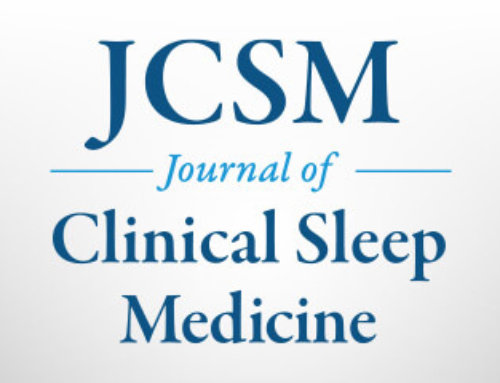WESTCHESTER, Ill.–Labor Day is on September 3. In today’s society, people are in a never-ending rush to meet the demands that are made of them at both home and in the workplace. As a result, these demands may cut into their sleep time. Even when people do go to bed at a decent hour, many of them may lie awake thinking about their long “to do” list for the next day. The American Academy of Sleep Medicine (AASM) encourages everyone, in the midst of their daily hustle and bustle, to not overexert themselves and to not allow their long “to do” list to cut into their sleep time.
Ralph Downey III, PhD, chief of sleep medicine at the Sleep Disorders Center at Loma Linda University (LLU) Medical Center in Loma Linda, Calif., an associate professor of medicine, pediatrics and neurology at LLU, and an associate professor of psychology at the University of California at Riverside, says that taking your mental "to do" list to bed may serve to cause your mind to race or rehearse the next day’s events.
“If you are a ‘to do’ list maker, one thing to do is leave your list in a drawer in your desk,” says Dr. Downey. “Make your ‘to do’ list early in the evening. Put your completed list in a drawer and close it. This gives you a sense of closure – the ‘to do’ list is done!”
Dr. Downey adds that if you still can’t stop your mind from racing, it is time to clear it.
“Just like clear eyesight is 20/20, we can help to clear our mind by using the 20/20 method for sleep,” says Dr. Downey. “The method is simple: If you lie in bed for about 20 minutes, but haven’t fallen asleep yet, get out of bed. Create a ‘safe room’. Your safe room should be a comfortable haven. It should have dim lighting, and not have any distractions like a computer, Internet or TV. You give your brain a time out from the tension of trying to relax into sleep. Once about 20 minutes has passed, go back to bed and try to fall back asleep. Repeat as necessary. I don’t recommend more than two-to-three times per night because it becomes exhausting.”
According to Dr. Downey, perhaps the most common misperception we have of sleep is that if we lay in bed long enough we will fall asleep.
“That’s a bad idea,” warns Dr. Downey. “By lying in bed, we paradoxically can’t fall asleep because we are trying too hard: our tension rises, our thoughts race, our muscles tighten. The exact opposite of what the brain needs to get to sleep. So why fight it? Don’t try to sleep. When we don’t try to sleep, paradoxically we often can sleep. We avoid maladaptive learning that the bed and sleep are full of anxiety and dread. Over time, by using these and other methods that sleep specialists can offer, the bed will no longer be a battle ground, but rather the bed will be a warm, relaxing place where our minds and bodies relax into sleep.”
On behalf of the AASM, Dr. Downey offers some other tips on how to get a good night’s sleep:
- Follow a consistent bedtime routine.
- Establish a relaxing setting at bedtime.
- Get a full night’s sleep every night.
- Avoid prior to bedtime:
- Foods or drinks that contain caffeine.
- Eating a big meal.
- Alcohol or nicotine.
- Any medicine that has a stimulant.
- Rigorous exercise.
- Make your bedroom quiet, dark and a little bit cool.
- Get up at the same time every morning.
On average, most adults need seven to eight hours of sleep each night to feel alert and well-rested.
Those who have a sleep problem are encouraged to consult with their primary care physician or a sleep specialist. Detecting and treating a sleep disorder can cause a dramatic improvement in your sleep. This will allow you to sleep your best at night and feel your best during the day.
AASM is a professional membership organization dedicated to the advancement of sleep medicine and sleep-related research.
To arrange an interview with an AASM spokesperson, please contact Jim Arcuri, public relations coordinator, at (708) 492-0930, ext. 9317, or jarcuri@aasm.org.
# # #








